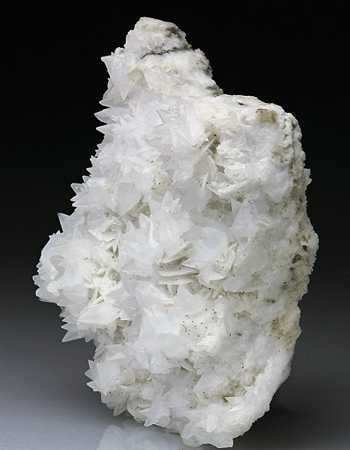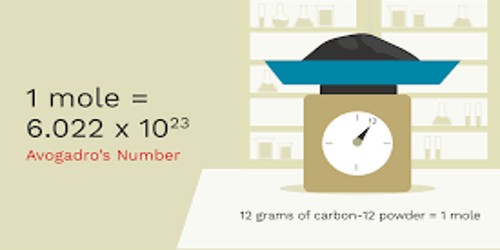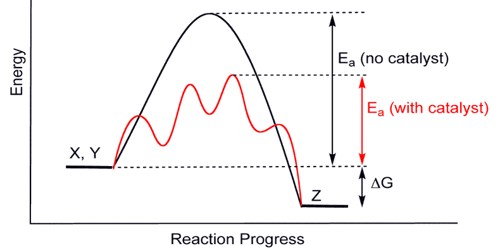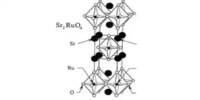Alstonite, also known as bromlite, is a low-temperature hydrothermal mineral that is a rare double carbonate of calcium and barium with the formula BaCa(CO3)2, sometimes with some strontium. It is not Radioactive.
Its crystal structure is orthorhombic and is identical to that of aragonite, with barium and calcium in nine-fold coordination but ordered within layers; the layers can, in turn, be arranged in various stacking sequences, resulting in a complex structure.
The species was named bromlite by T. Thomson in 1837, and alstonite by August Breithaupt of the Freiberg Mining Academy in 1841. Both of these names, derived from the locality, have been in common use. It is found in association with calcite, barite, and witherite as low-temperature hydrothermal deposits.
General information
- Formula: BaCa(CO3)2
- Color: Colorless to snow white, yellow-gray; pale gray, pale cream, pink to pale rose-red
- Lustre: Vitreous
- Hardness: 4 – 4½
- Specific Gravity: 3.67 – 3.711
- Crystal System: Triclinic
- Name: After the original locality near Alston, England.

Structure
Alstonite is triclinic but appears pseudo-orthorhombic because of twinning. The space group is P1. Alstonite appears to have a superstructure based on paralstonite without long-range order of the metal cations or the CO3 groups. The structure of paralstonite is similar to that of other double carbonates.
Physical Properties of Alstonite
Twinning in alstonite is ubiquitous, forming pseudohexagonal groups. The mineral has one imperfect cleavage and it breaks with an uneven fracture. It is not very hard, with a Mohs hardness of just 4 to 4 ½ a little harder than fluorite, and its specific gravity is 3.70. It is soluble in dilute HCl and it is not radioactive. The trimorphs alstonite, paralstonite, and barytocalcite all have similar physical properties.
- Lustre: Vitreous
- Transparency: Transparent, Translucent
- Comment: may fade on exposure to light; colorless in transmitted light, showing six or twelve domains
- Streak: White
- Hardness: 4 – 4½ on Mohs scale
- Cleavage: Imperfect/Fair
- Fracture: Irregular/Uneven
- Density: 3.67 – 3.711 g/cm3 (Measured) – 3.67 g/cm3 (Calculated)
Type Locality
It was named for one of the two co-type localities in the Alston Moor District at the Brownley Hill mine in Cumbria, England. The other type locality for Alstonite is at the Fallowfield mine in Northumberland, England. Additional localities include in Wales, Russia, Poland, France, the United States, as well as newer localities in Namibia, Greenland, and China. Alstonite is generally found in low-temperature hydrothermal lead-zinc deposits and more rarely in carbonatites. Alstonite will fluoresce yellow under short- and long-wave ultraviolet light.
Information Source:
















